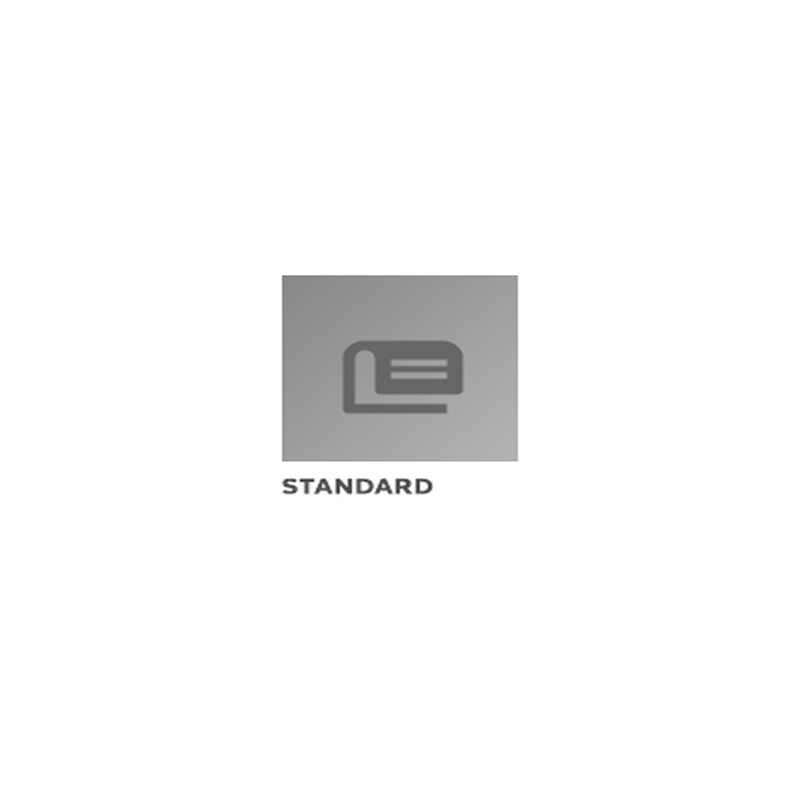Description / Abstract:
This procedure Is Intended to apply to all engine or airframe
mounted fuel pumps and controls when required by the applicable
specification. The procedure revcommends a recirculation system
similar to ARP492 to control the fuel properties affecting the
fluid and Its ability to "release" fuel vapors and dissolved air
and have these "re—entrained or dissolved" during the fluid
recovery process back to the tank and the original starting
conditions.
This SAE Aerospace Recommends Practice (ARP) defines procedures
for testing aircraft/engine fuel pumps for the purpose of:
a. Determining two phase (‘'slugging flow") inlet performance
capability.
b. Determining the pump's's resistance to deterioration during
an endurance test with tile operating conditions defin4d by the
applicable specification which includes two phase ("slugging flow")
operation.
c. Determining the affects that contaminated fuel operation may
have had on two phase ("slugging flow") Inlet performance.
The procedure recommended herein Is intended to produce useful,
reproducible, steady state results.
This test Is not Intended to establish maximum starting altitude
or rate of climb performance of the pump.
This procedure defines recommended test setups, test procedures,
and data requirements for testing engine or airframe mounted fuel
pumps or controls with pumps for the purpose of determining
"slugging flow" Inlet performance capability.
Purpose:
This ARP defines a procedure to conduct tests and evaluations of
aircraft/engine fuel pumps, and controls if applicable, for two
phase flow (i.e. "slugging flow"-alternating all vapor or all
liquid) at the pump inlet when such flow conditions exist due to
aircraft fuel system design and/or operating conditions (normal
airframe boost system failed/nonoperative for example) or a suction
lift fuel system is employed.
This procedure Is used to determine:
a. A pump performance envelope
b. The pump's resistance to deterioration during endurance
testing
c. The effect of contaminated fuel operation on the performance
envelope
The two phaa fuel flow will be specific alternating volumes of
fuel vapor (dissolved air and fuel vapor gases released from the
fuel) and liquid fuel expressed as a ratio of vapor—to—liquid
(v/l).


